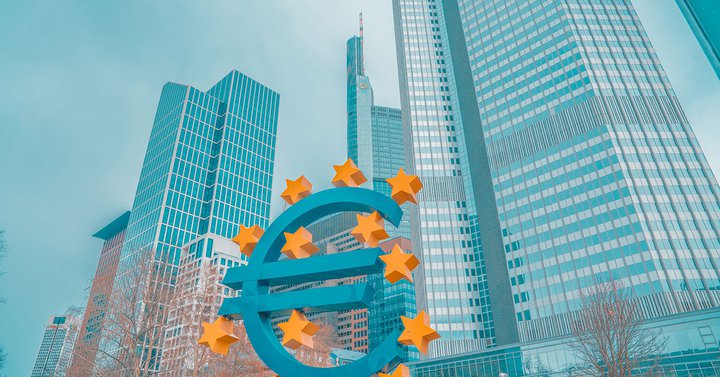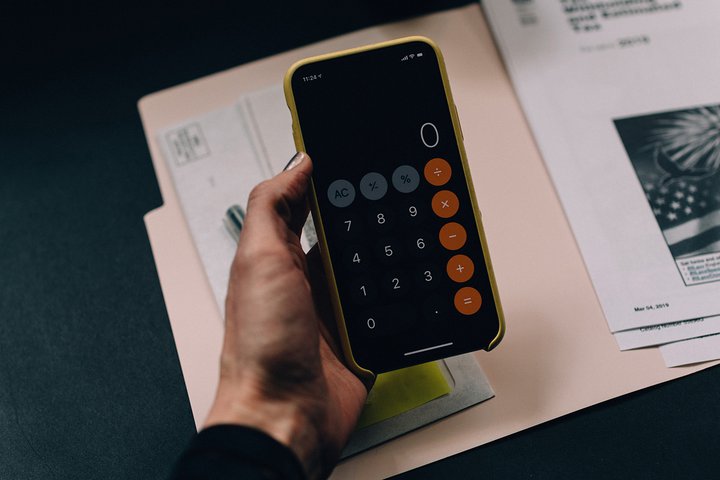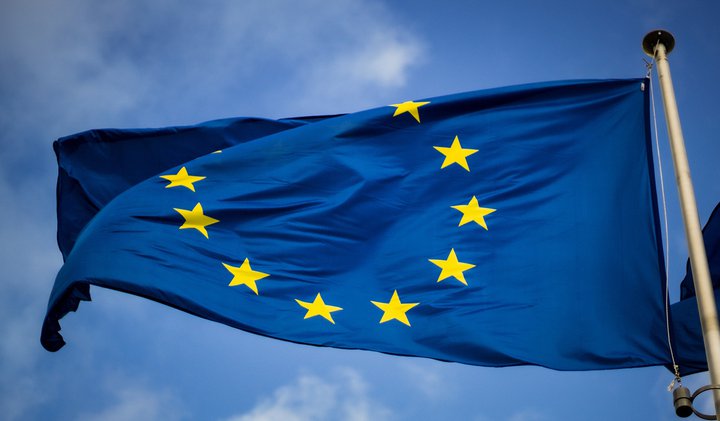Why Your EU-based Customers Need Invoices

There’s no doubt that one of the best things about being an ecommerce merchant is the ability to sell to just about anywhere in the world—and by removing borders, it means there is an endless capacity for growth.
But before you reach international customers, there are some important things you need to know when it comes to invoices.
Invoicing requirements vary from country to country, with each having its own system in place to govern standards and remain tax compliant.
This is especially prevalent in the EU, where value-added tax (VAT) rates vary between each member state.
If you're just starting out, understanding invoices can be a bit of a minefield. Keeping on top of them while running a business can feel like an extra headache.
This article will explain why non-EU sellers need to issue invoices to their EU-based customers and walk you through different things related to compliance to help you run your store more smoothly.
Invoice vs receipt
When a customer places an order, you probably already send them an automatic confirmation of their order, aka a receipt.
In countries like the US, a receipt is enough to validate proof of purchase, but in places like the EU, an invoice is also required as part of the sales process for tax purposes.
While these documents might seem very similar, they both have different functions. An invoice acts as a request for payment, while a receipt serves as proof of payment.
This means that an invoice should be issued before the customer sends a payment, while the receipt is given right after you receive the payment.
Each document also requires different information - an invoice should include a detailed breakdown of the products and services, whereas the payment receipt only shows the amount paid and any balance due.
What is VAT?
To better understand why EU countries require invoices, it is essential to understand VAT first.
In short, it's a type of consumption tax that applies to all goods and services — physical or digital. It means that for most goods or services purchased in the EU, the customer must pay VAT.

As the seller, you are responsible for collecting the VAT from the customer and paying it to the government.
An easy way of looking at it is that, as the merchant, you’re acting as a tax intermediary — meaning it’s not your money paying for the VAT, but rather you are collecting it from the customer and submitting it to the government on their behalf.
This is why it’s important to know when to charge VAT to your EU customers. Otherwise, it could be coming out of your own pocket as the government will still expect taxes from you, regardless of whether you knew you needed to charge VAT or not.
Standard VAT rates vary from 17-27% across the different EU member states, and the amount you need to charge will depend on where the customer is located.
Why are non-EU businesses responsible for EU VAT?
Requiring non-EU businesses to charge VAT essentially keeps everything fair and balanced for local trade while increasing the governments’ tax revenues.

Without this requirement, it would put EU-based businesses at a significant disadvantage.
Products would cost more, so customers would end up looking outside of the region to find what they want cheaper, and as a result, businesses in the EU would suffer.
If you need some help on VAT, we have a guide on how to set up EU taxes in your Shopify store.
It’s also worth noting that VAT is not an all-inclusive charge, and some entities are, of course, tax-exempt. Find out how to set business customers as VAT exempt, complete with a simplified guide on how to edit the template of your Shopify store.
How to be compliant when selling to EU countries
You will need to follow specific invoicing requirements to ensure you remain compliant when selling to EU countries.
This includes charging and itemizing VAT according to the customer’s country of residence, showing your VAT number, the customer’s VAT number, and the nature and type of services provided.
Not only are you using them to collect the correct amount of VAT, but your customer could also be using the invoice to claim back VAT from their national government. So, if your invoices haven’t been set up correctly, then this is where you could get caught out.
It’s also worth noting that in April 2020, the European Commission decided to introduce a European Standard for eInvoicing in response to the many eInvoice formats used across the EU. So if you’re still using paper documents, it might be worth making the switch to digital.
Should I adjust my invoicing for EU countries?
To remain compliant with tax rules and regulations across the different EU member states, it is vital to adjust invoices based on the country where the product will be delivered.
This may sound like a logistical nightmare, but this is where Sufio comes to the rescue.
Sufio is a professional invoicing app for Shopify stores. It automatically creates and sends invoices for your orders, and it helps you charge the correct taxes in your Shopify store — sell to both businesses and consumers, without worries.
Expert help from our team
Do you have questions about invoicing for your online store? Let's have a chat!
Our team is here to provide answers to your questions and also guide you through setting up Sufio to manage your invoicing effectively.
Book a free consultation
It means that all of your tax compliance can be handled for you, including calculating the right amount of tax to charge each customer, as well as ensuring it’s been translated into the correct language and currency in partnership with local accountants.
In addition to that, Sufio allows you to design your own unique invoice by customizing colors and elements of your template to help build your brand.
Professional invoices for Shopify stores
Let Sufio automatically create and send beautiful invoices for every order in your store.
Install Sufio - Automatic Invoices from the Shopify App Store